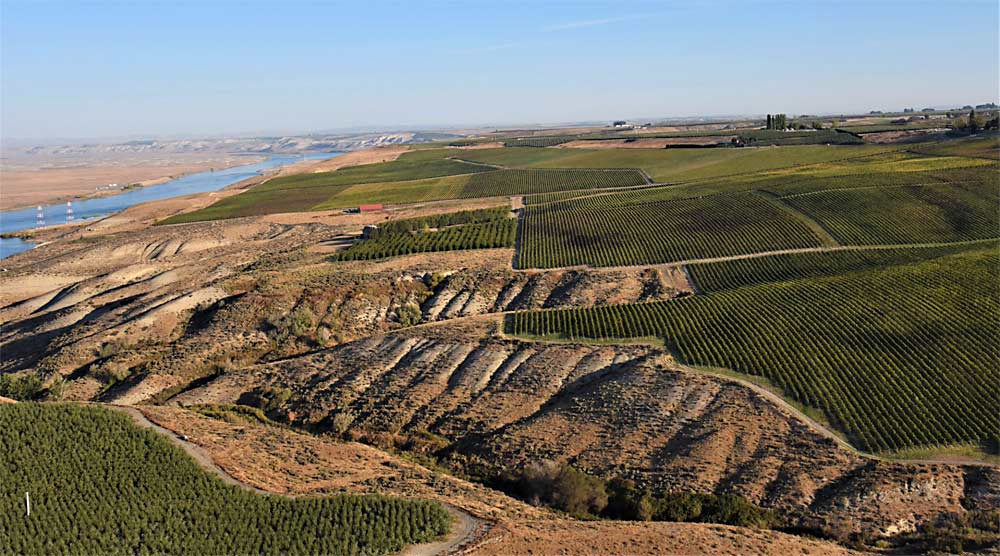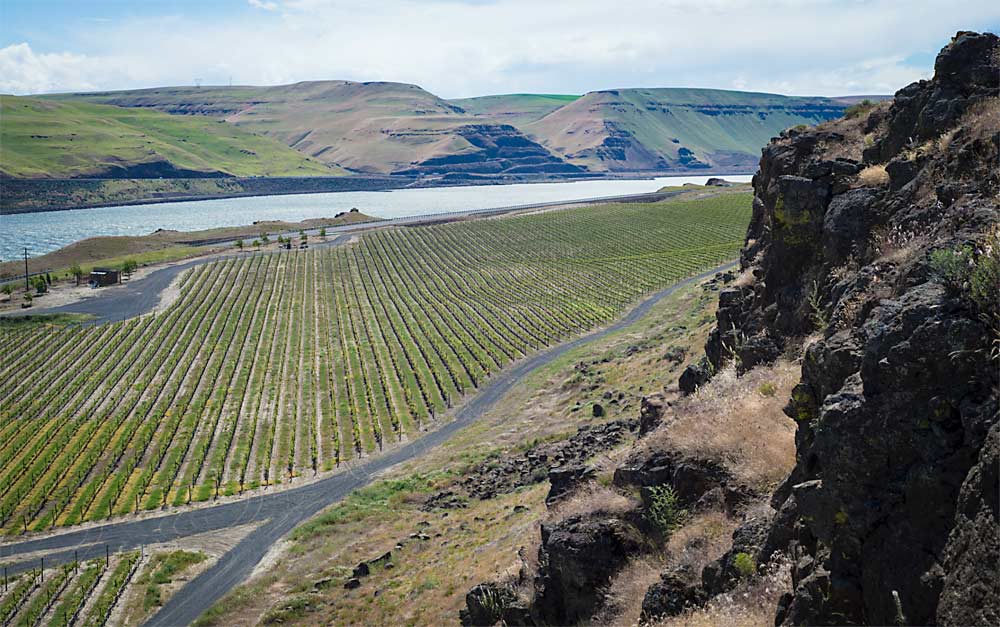The federal government has formally recognized two new American Viticultural Areas in Washington, bringing the state’s total number of AVAs to 18.
The final rules for the White Bluffs and The Burn of Columbia Valley AVAs are expected to be published June 17, the Washington State Wine Commission announced in a news release.
“We have been anxiously awaiting these new AVAs and are looking forward to seeing their names on wine labels moving forward,” Steve Warner, commission president, said in the release. “For Washington to be home to 18 AVAs, with more coming soon, is a tremendous sign of growth. It’s a very exciting time for the wine grape growers and winemakers who work with these acclaimed regions.”
To qualify as an AVA, a wine grape-growing region must be distinguishable by characteristics such as climate, soil, elevation and physical features.

The White Bluffs AVA sits north of Washington’s Tri-Cities and wholly within the Columbia Valley AVA. Its 93,738 acres includes 1,127 acres currently planted in wine grapes among nine commercial vineyards, with key varieties being Cabernet Sauvignon, Merlot, Syrah, Riesling and Sauvignon Blanc, among others. The AVA encompasses two plateaus that rise an average of 200 feet above the surrounding plains of the Pasco Basin. The added elevation protects the vines from the cold air on the valley floor and extends the growing season.
White Bluffs gets its name from the layer of ancient lakebed sediment referred to as the Ringold Formation, which bars grapevines from interacting with basalt bedrock, unlike almost all other vineyards in the Columbia Basin, according to the AVA petition.

About 1,500 acres of wine grapes, the majority in Cabernet Sauvignon, are currently planted in The Burn of Columbia Valley AVA, which has a total 16,870 acres. It is located west of the Horse Heaven Hills and also sits wholly within the Columbia Valley AVA.
According to Ste. Michelle Wine Estates, some of the region’s defining characteristics include high heat over a slightly longer season, thanks to winds delaying maturity. This results in the grapes being some of the last harvested in Washington, with the longer hang time creating great flavor and acidity. The region also sees slightly more precipitation on average than other regions throughout the Columbia Valley and soils with a higher moisture-holding capacity.
Although the exact origin of the name is uncertain, according to the AVA petition, the region has been referred to as “The Burn” for over 100 years.
—by Shannon Dininny






Leave A Comment